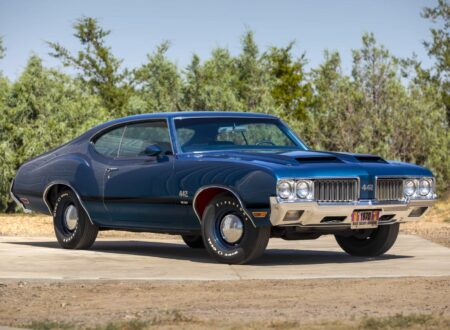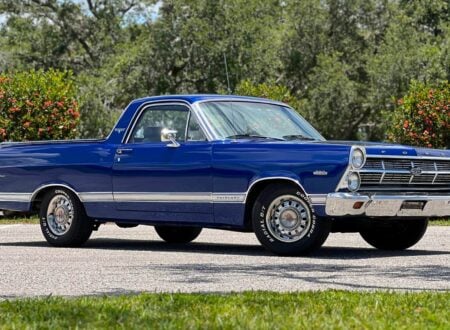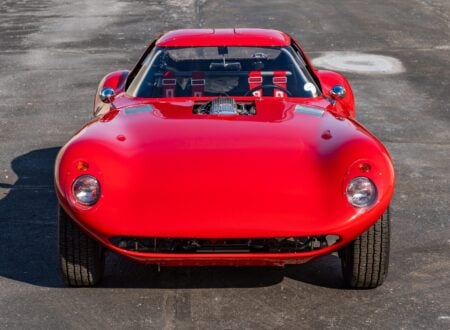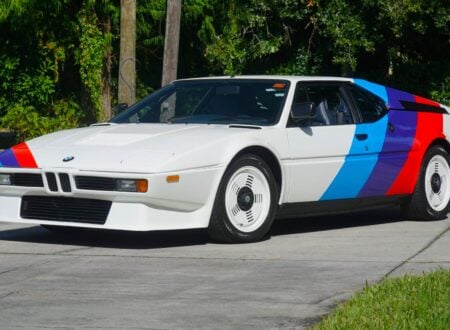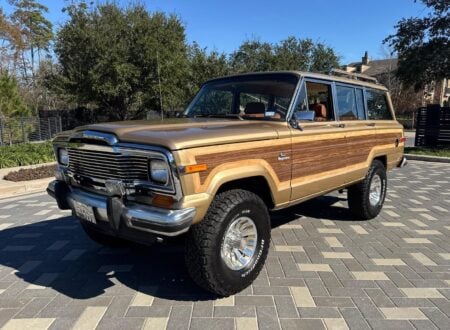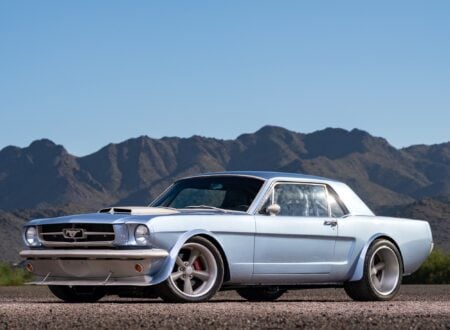The Meyers Manx Story is a look back at the man (and the car) that revolutionized beach buggies in the mid-1960s. Bruce F. Meyers developed a unique fiberglass body that could be fitted to a shortened VW Beetle floorpan, keeping the engine, transmission, suspension, brakes, and steering in place.
In 1965 Bruce started selling kits for people who wanted to build their own Meyers Manx buggy – and they sold like hotcakes. They sold so well in fact that it was difficult to keep up with demand, and a slew of copycats popped up offering Manx clones for discounted prices, often with suboptimal materials and construction quality.
Over the course of the Manx heyday it’s estimated that over 350,000 were build – however only 5,000 or so of those were official Meyers Manx buggies. Bruce sought to legally protect his unique design however the judge controversially ruled that his patent as unpatentable – opening the floodgates for those copying the design and resulting in B. F. Meyers & Co. going out of business in 1971. The judge’s decision has been widely panned in the years since, and the continued success of the unique design is often pointed to as evidence of the fact that it was a textbook case of a patentable invention.
Fortunately the story doesn’t end there for the Manx. Bruce brought his buggy back in 2000 for a new generation, with updated designs including the Classic Manx, the Manxter 2+2, the Manxter DualSport, the Kick-Out Manx Traditional, the Kick-Out Manx S.S. and more. The Meyers Manx was an instant success back in the ’60s, and remains one of the most successful cars in history that wasn’t built by a major automaker.
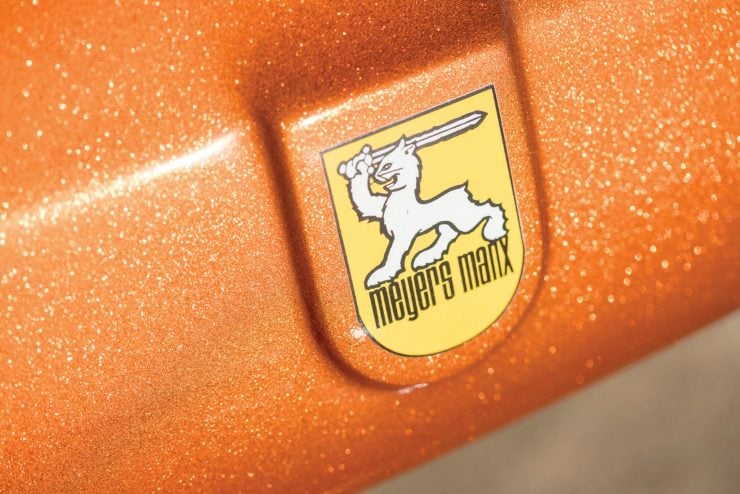
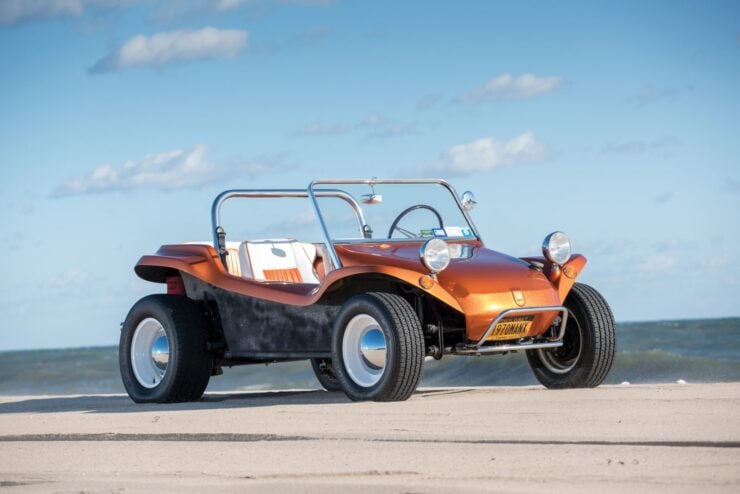
Photo Credits: Erik Fuller ©2017 Courtesy of RM Sotheby’s


